The conditional is necessary because the topic will require further examination through specialized studies, but a preliminary research has delivered exciting outcomes.
Through Additive Manufacturing, steel components could be produced using reduced quality powders than the ones currently used, resulting in a more competitive cost for the market. Effectively, even with these conditions, the final product quality would be most likely preserved.
This is the founding of the “Stainless steel metal powders for Additive Manufacturing: production and characterisation” research, carried out by Il Sentiero International Campus researcher Alessia Candeli. Developed in collaboration with the RINA company, the study has been recently presented at “Steelmaster”, the High Level Course on steel industry “middle management” based in Terni. This course aims to provide tools and methodologies to the participants, in order to supply a complete overview of the national, European and global steel industry level.
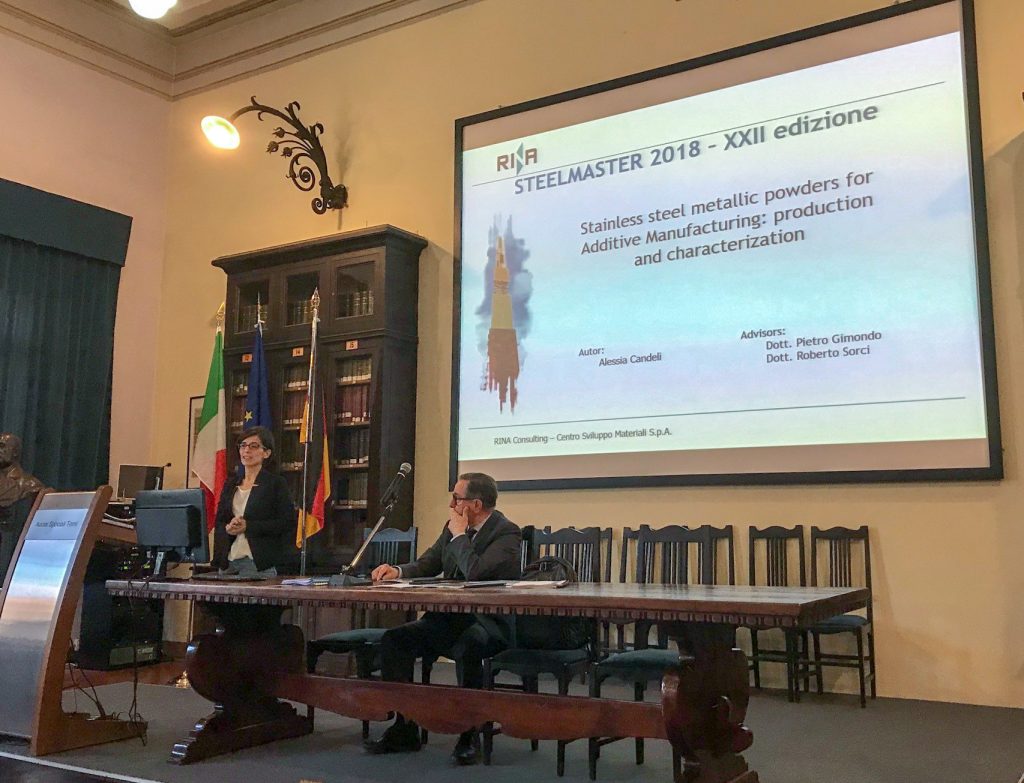
The research and the conditions
Alessia carried out a study on the austenitic stainless steel AISI 316L properties, processed through a specific technology of Additive Manufacturing (Powder Bed Laser Melting).
The powders used in this process have generally reduced characteristics in terms of composition, particle size, morphology, porosity, thermal properties and surface properties, and these features directly affect the final product quality.
These powders are produced through gas atomization process starting from molten metal in a protective atmosphere. Since the atomizers are relatively small and considering the use of a protective atmosphere, the productivity is low and consequently the manufacturing costs remain high.
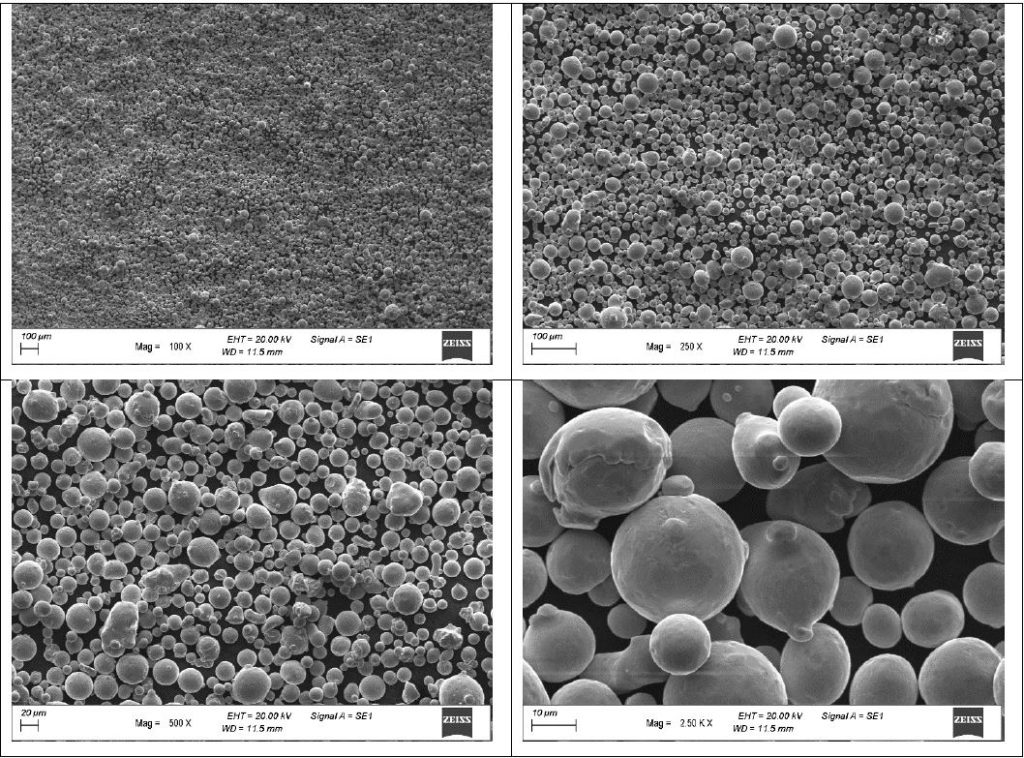
That’s why Alessia decided to study those powders, produced with alternative techniques from more conventional and less expensive highly-productive manufacturing processes. Uncontrolled process atmosphere (containing oxygen) characterises this type of open plants. The properties of these powders have been compared with those of the optimized ones.
Then both traditional and alternative powders have been used in the 3D printed samples realized with a 3D printer. They have been analysed from a microstructural, mechanic and corrosion resistance point of view, in order to evaluate how the oxygen content could affect the powder characteristics and then the investigated material properties.
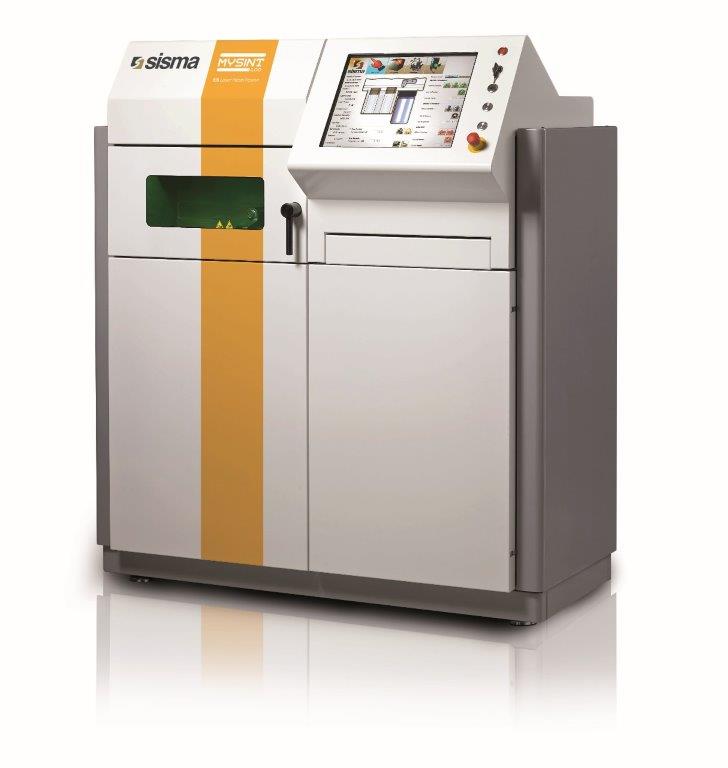
The results
The data obtained from the analysis and tests on the experimental powders are positive, even if the analysis revealed some criticalities.
In particular, it was found that the chemical composition is similar to the one of a steel 316L. Despite the improvement possibility, the particle size distribution is really close to the one considered optimal for Selective Laser Melting technology. The 3D printed components density is above 99.0%. The mechanical properties, such as mechanical resistance and elastic module, are comparable to the one of the optimised powders and sometimes even better than the steel produced with conventional technologies. The average corrosion behaviour, shown by the lapped samples, is similar to the one of the traditional steel.
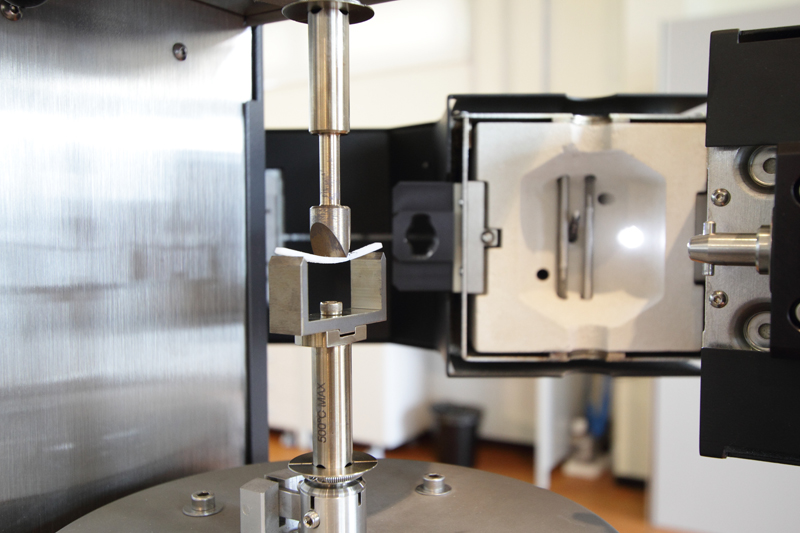
“The results obtained are certainly encouraging”, explains Alessia. “Extending the possibility of using powders with a lower quality level compared to the one now required in the AM processes could significantly reduce the powders price, impacting on AM components production costs. This technology could substantially compete successfully with the conventional manufacturing ones, even in terms of costs. I believe that the next developments of the research should investigate more deeply the experimental powders characteristics and the ones of the obtained material, in order to minimize the critical aspects encountered. Further studies should establish how to optimise the powders production and printing processes, in order to maximize the properties of the components.”

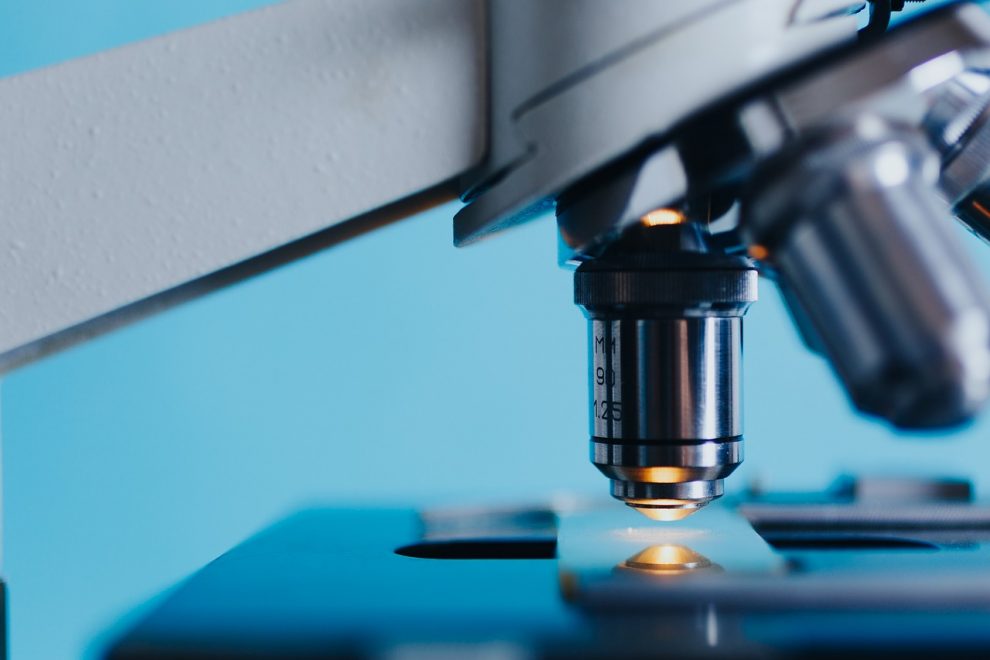
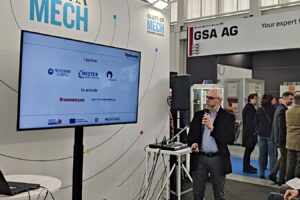
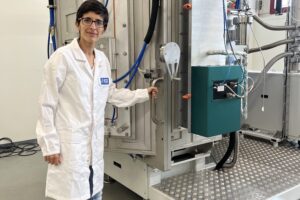






 @EcorIntern
@EcorIntern